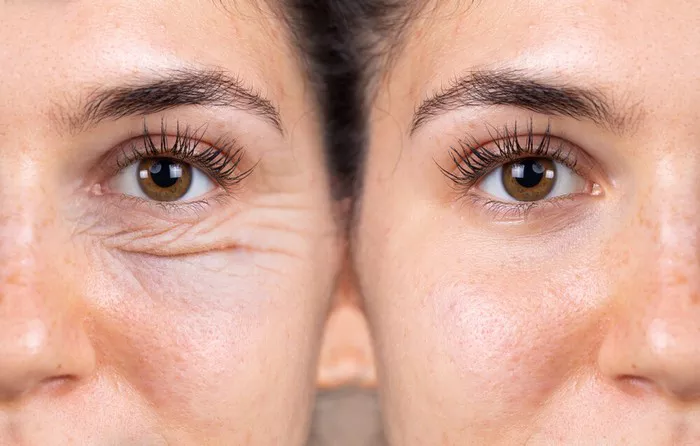Blepharoplasty, commonly known as eyelid surgery, is a cosmetic procedure aimed at rejuvenating the appearance of the eyes. It is a popular choice for individuals seeking to address issues such as drooping eyelids, under-eye bags, and wrinkles around the eyes. This article provides an in-depth look into how blepharoplasty is done, including the different techniques, the surgical process, and what to expect during recovery.
Understanding Blepharoplasty
Blepharoplasty is a surgical procedure performed on either the upper eyelids, lower eyelids, or both. It can be purely cosmetic or functional, addressing issues that affect vision. Before undergoing the procedure, a thorough consultation with a board-certified plastic surgeon is essential to discuss the patient’s goals and determine the most suitable approach.
The Blepharoplasty Procedure
Anesthesia: Blepharoplasty is typically performed under local anesthesia with sedation or general anesthesia, depending on the patient’s preference and the surgeon’s recommendation.
Incisions: The surgeon carefully plans and makes incisions along the natural creases of the eyelids to minimize visible scarring. For upper eyelid surgery, incisions are made in the eyelid crease, while lower eyelid incisions are often placed just below the lash line or inside the lower lid.
Tissue Removal and Repositioning: In the upper eyelids, excess skin and, in some cases, fat are removed to address drooping or puffiness. For lower eyelids, the surgeon may remove or reposition fat deposits contributing to under-eye bags.
Muscle and Tissue Adjustment: If necessary, the surgeon may tighten or adjust the underlying muscles and tissues to achieve a more youthful and natural eye contour.
Closure: After the necessary adjustments are made, the incisions are meticulously closed with sutures or tissue adhesive.
Different Techniques in Blepharoplasty
Upper Blepharoplasty: This addresses sagging upper eyelids, often caused by aging. It involves removing excess skin and fat to create a more alert and youthful appearance.
Lower Blepharoplasty: Lower eyelid surgery focuses on correcting under-eye bags and wrinkles. The surgeon may remove or reposition fat and tighten the lower lid’s supporting structures.
Transconjunctival Blepharoplasty: In some cases, a transconjunctival approach may be used for lower eyelid surgery. This technique involves making incisions inside the lower eyelid, leaving no visible external scars.
Recovery and Aftercare
After blepharoplasty, patients can expect some swelling and bruising, which usually subside within a few weeks. It is essential to follow post-operative care instructions provided by the surgeon, which may
include:
- Applying cold compresses to reduce swelling.
- Taking prescribed medications to manage pain and prevent infection.
- Avoiding strenuous activities and heavy lifting for a specified period.
- Protecting the eyes from sun exposure and wearing sunglasses.
- Attending follow-up appointments to monitor healing progress.
Results:
The final results of blepharoplasty become gradually more apparent as swelling subsides. Most patients experience a significant improvement in the appearance of their eyelids, achieving a more youthful and refreshed look. The longevity of results varies from person to person, but the effects of blepharoplasty can last for many years.
Conclusion
Blepharoplasty is a surgical procedure that can enhance the appearance of the eyes and rejuvenate the overall facial aesthetic. It is crucial to consult with a qualified plastic surgeon to determine the most suitable approach for your specific needs and goals. With proper care and attention to the recovery process, blepharoplasty can offer long-lasting results, helping individuals regain confidence in their appearance.


